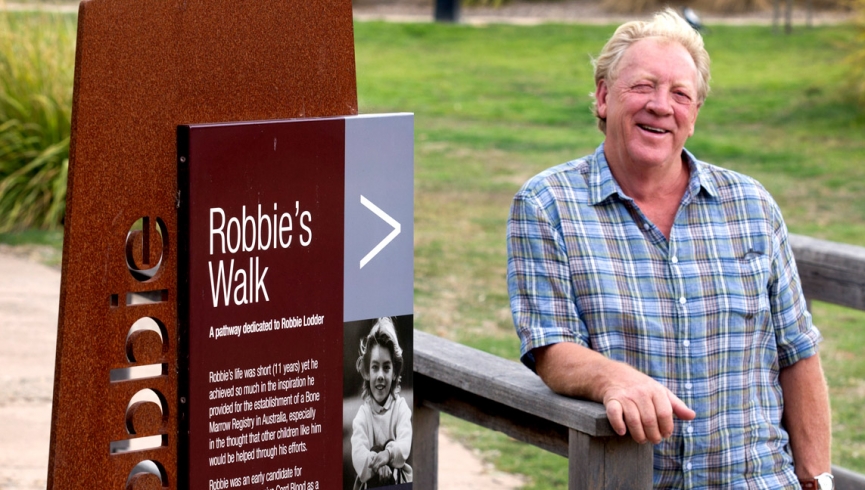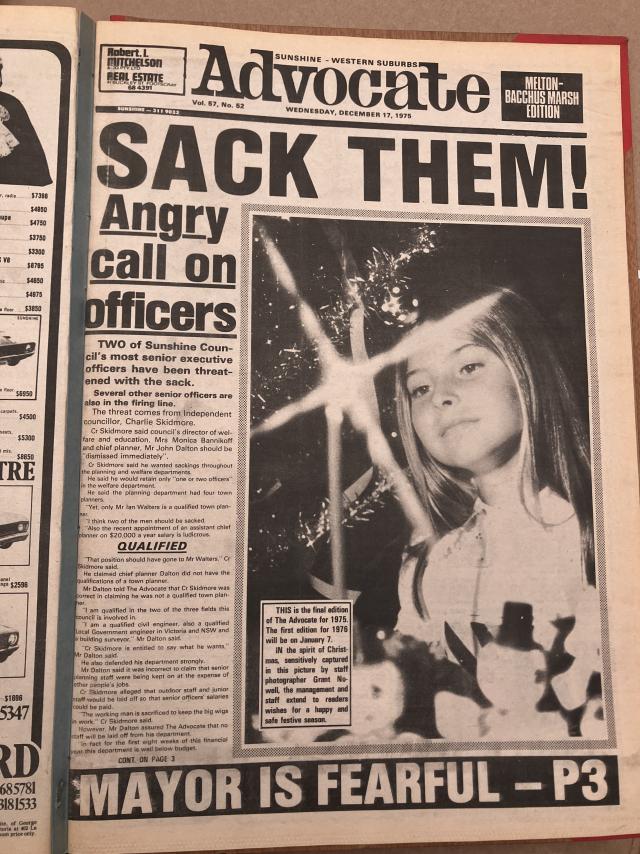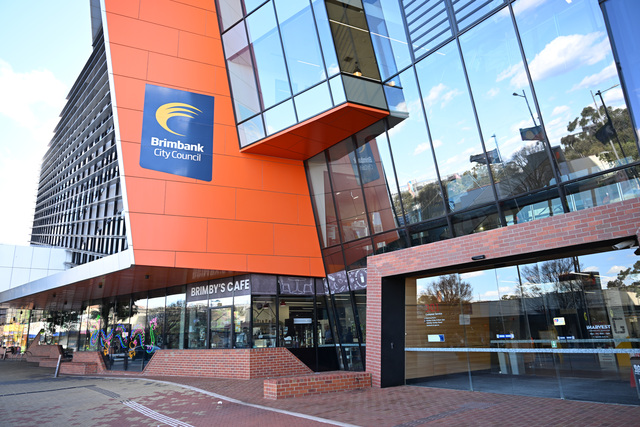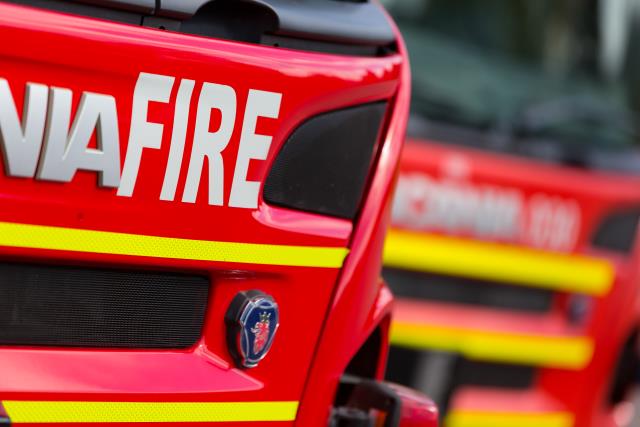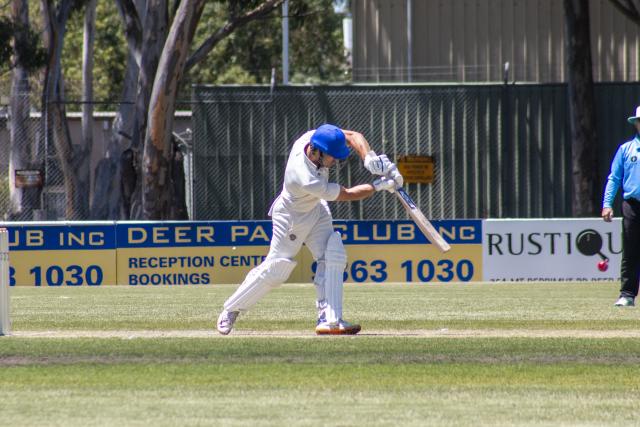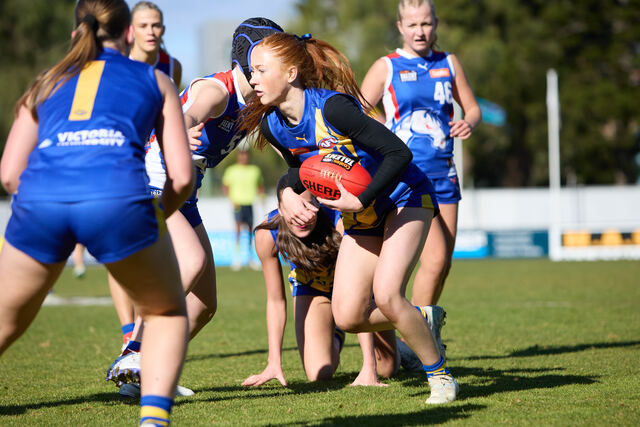Impish Wilson Jackman, 4, is among many who owe their lives to the slim umbilical thread of one man’s hope that he could save his son.
Diagnosed with a particularly rare type of auto-immune deficiency at the age of 18 months, Wilson needed a bone marrow or stem cell transplant if he was to survive.
With no match to be found among family members, all hopes rested with the Bone Marrow Donor Institute’s (BMDI) Cord Blood Bank.
It was six agonising months – every day spent fearing the slightest germ could carry off the little boy – before the call came. In March last year, the Jackman family travelled from their central Victorian home to the Royal Children’s Hospital for the transplant.
A match had been found, but it was far from the end of their ordeal. After the transplant Wilson developed life-threatening complications.
“There were times when I thought that Wilson might not make it,” his mum Angie confesses.
“I will remember for the rest of my life how, every night, I would beg him to stay with me for just another 24 hours.”
The family’s vigil at Wilson’s bedside was made possible by the Fight Cancer Foundation which – in addition to funding vital research into cancer treatments and education support for young patients – provides affordable accommodation close to major treating hospitals.
The development of this much-needed accommodation service is the latest chapter in a story that began 25 years ago.
Robbie Lodder was eight when he became the catalyst for the formation of Australia’s first bone marrow registry from which the Fight Cancer Foundation grew.
The plight of the charismatic, dark-eyed boy, who appeared on 60 Minutes, Today Tonight, A Current Affair, in New Idea and on the front page of Melbourne’s Sun News-Pictorial, touched Australians, who signed up to become donors by the tens of thousands.
The highly public effort to save Robbie became pivotal to the formation not only of the registry but to the BMDI Cord Blood Bank established in his memory – both of which have given so many, like Wilson, a second chance at life.
Today, reflecting on his son’s legacy, Ray Lodder will scarcely allow that he played his own part as a tireless fund-raiser and advocate.
The gravel-voiced retired manufacturer still lives in Woodend, surrounded by the community which rallied round Robbie after his diagnosis. Robbie’s short life is celebrated in the Woodend’s Children Park with a walkway and lookout named in his honour.
Standing in the park watching children play, Lodder smiles. “It’s a lovely way to be remembered.”
He vividly recalls the shock when Robbie was diagnosed with chronic myeloid leukaemia (CML) in March, 1989.
“Back then the only cure for a CML patient was a bone marrow transplant. So in my naivety, I said ‘Oh well, we better get him one of those then’. When I was told there was no bone marrow registry in Australia, I was most indignant.”
Together with a handful of other Melbourne parents who had children with or lost to leukaemia, Lodder set about establishing the life-giving service.
“I was going to turn heaven and earth over to find a cure for Rob,” he says.
“Linda [Robbie’s mother] and I went around the world. We went to the Anthony Nolan Register in the UK, we went to specialists in Holland, we went to Seattle to one of the biggest and most successful hospitals for the treatment of leukaemia.”
But no match on the fledgling Australian registry or those overseas could be found for Robbie.
It was the world’s leading expert, Professor John Goldman, who pioneered bone-marrow transplantation for CML, who confirmed the worst after reviewing results of thousands of tests.
“He said, ‘You know, you are not likely to get a match … he’s going to die’ – there weren’t any ifs about it. Then he said: ‘Have you ever considered having more children, because at least one in four siblings is going to be a match’.”
The couple’s decision to have another child sparked controversy.
“Some people publicly accused us of having babies for spare parts,” Lodder recalls.
“It was really quite hurtful, but to some degree what was said touched a nerve because in a way – while we were happy to have another child and had never previously ruled the idea out – Matthew was born with some hope he could also save Robbie.
“He wasn’t a match, sadly, but he is such a lovely, lovely boy and we were – and of course always will be – so very glad to have him.”
In 1991, Robbie, aged 11, died from complications arising after a bone marrow transplant from his grandmother which was a close but not complete
match.
Lodder continued his work, driving his considerable energies to establishing, in 1996, the BMDI cord blood bank which is now part of the national AusCord network.
Last year there were more than 2000 life-saving bone marrow, cord blood and peripheral stem cell transplants in Australia and New Zealand.
But for Ray Lodder and his former wife Linda, it will forever be a story that began with one little boy.

